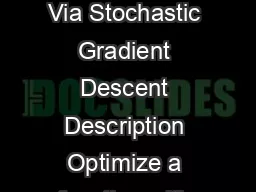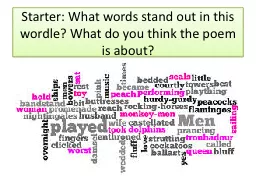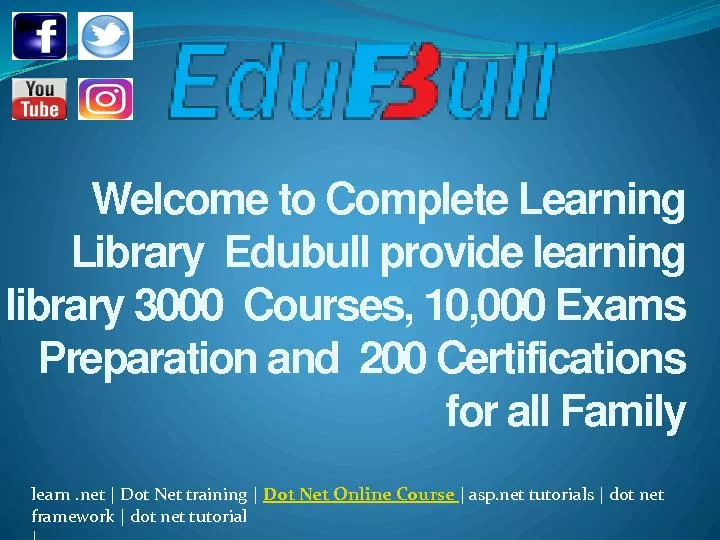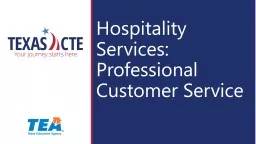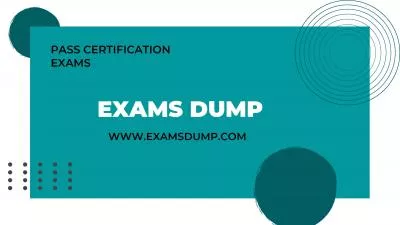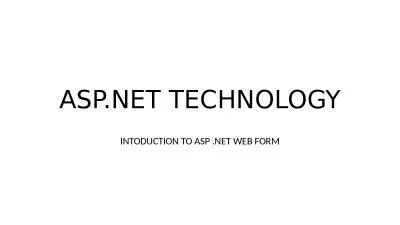PPT-Via Wordle.net Brandenberger,
Author : giovanna-bartolotta | Published Date : 2019-12-16
Via Wordlenet Brandenberger Bowan Lapsley and Hill July 26 2009 Moral Purpose College and Beyond A Longitudinal Study Jay Brandenberger Director of Research amp
Presentation Embed Code
Download Presentation
Download Presentation The PPT/PDF document "Via Wordle.net Brandenberger," is the property of its rightful owner. Permission is granted to download and print the materials on this website for personal, non-commercial use only, and to display it on your personal computer provided you do not modify the materials and that you retain all copyright notices contained in the materials. By downloading content from our website, you accept the terms of this agreement.
Via Wordle.net Brandenberger,: Transcript
Download Rules Of Document
"Via Wordle.net Brandenberger,"The content belongs to its owner. You may download and print it for personal use, without modification, and keep all copyright notices. By downloading, you agree to these terms.
Related Documents



